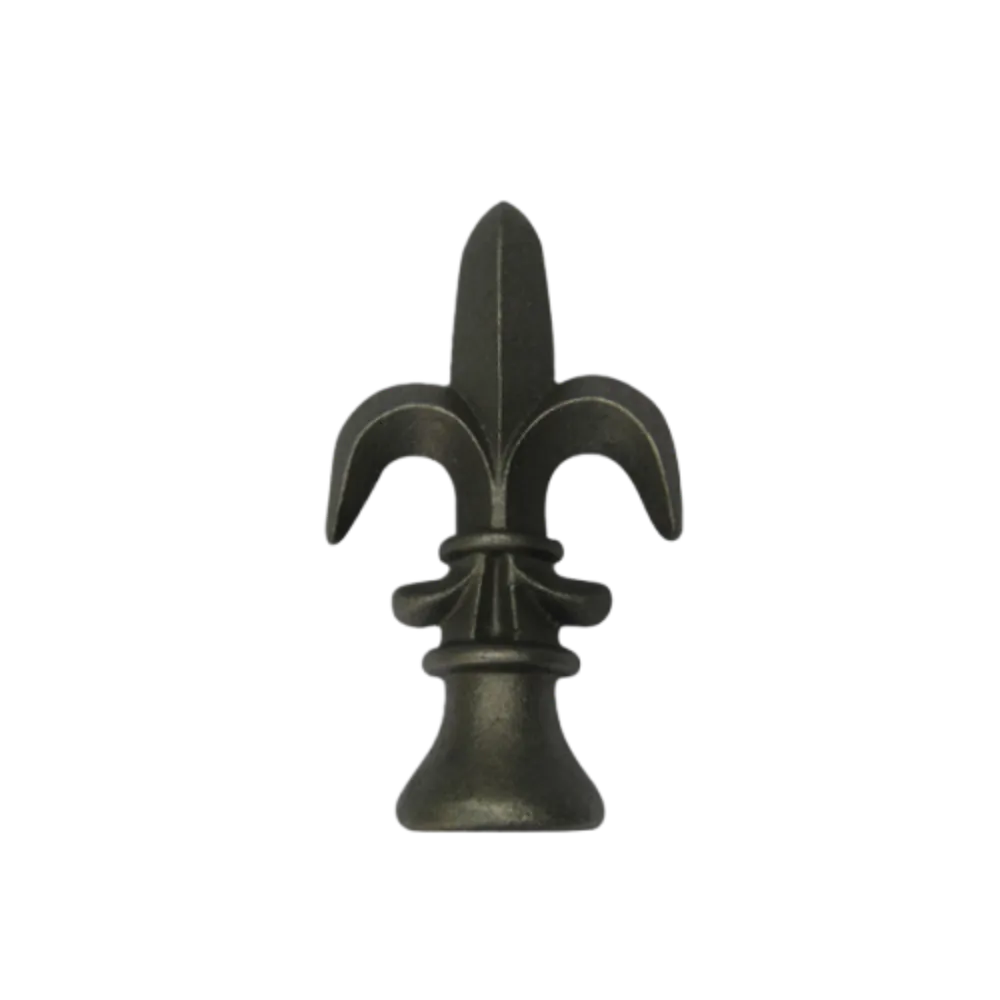Exploring the Art and Techniques of Foundry Work in Metal Casting and Sculpture
The Art and Science of Foundry Work
Foundry work is a captivating blend of art and science, encompassing the processes of metal casting that have been utilized for thousands of years. It involves the melting and pouring of metals into molds, allowing for the creation of complex shapes and structures that are fundamental to various industries. From intricate sculptures to essential mechanical components, foundry work plays a vital role in our daily lives.
At its core, foundry work begins with the selection of the appropriate metal
. Common materials include aluminum, iron, bronze, and steel, each offering unique properties suitable for different applications. The choice of metal can greatly influence the final product's strength, durability, and appearance. For instance, bronze is often favored for its resistance to corrosion and its aesthetic appeal, making it an excellent choice for sculpture and decorative items. On the other hand, cast iron is prized for its strength and is commonly used in machinery and engine components.Once the metal is selected, the process of creating molds begins. Molds can be made from various materials such as sand, metal, or ceramic, with sand casting being one of the most prevalent methods. In this process, a pattern of the desired object is created, typically from wood or metal, and then its shape is replicated using a mixture of sand and a binding agent. This mold is then hardened and prepared to receive molten metal. The precision with which the mold is crafted is crucial, as it directly impacts the quality of the final product.
The next step involves melting the chosen metal. This is where the scientific aspect of foundry work shines. The metal must be heated to specific temperatures, depending on the material's melting point. Modern foundries utilize induction furnaces or electric arc furnaces to achieve these high temperatures efficiently. The ability to control the temperature and composition of the molten metal is critical, as impurities can lead to weaknesses in the final cast.
foundry work

With the mold prepared and the metal melted, the pouring process begins. Skilled workers, often referred to as foundrymen, must carefully pour the molten metal into the mold, ensuring even distribution to prevent air pockets or defects. This step requires precision and experience, as even a small miscalculation can ruin the entire cast. Once the metal has cooled and solidified, the mold is removed to reveal the casting.
After the casting is taken out, it undergoes several finishing processes, which may include grinding, sanding, and polishing. These steps are essential to ensure that the final product meets the required specifications and possesses an aesthetically pleasing surface. In some cases, additional treatments like surface hardening or coating may be applied to enhance durability and resistance to corrosion.
Foundry work is also an industry that has embraced technology. Advances in computer-aided design (CAD) have revolutionized the way molds and patterns are developed, allowing for precision engineering and expedited production times. This integration of technology not only improves efficiency but also reduces waste, contributing to more sustainable practices within the industry.
Despite these advancements, the fundamental principles of foundry work remain unchanged. It is a craft that requires a deep understanding of materials, processes, and engineering principles. Skilled artisans continue to play a pivotal role in the foundry industry, combining traditional techniques with modern innovations to produce high-quality casts.
In summary, foundry work is a complex yet rewarding field that combines artistry with craftsmanship and scientific precision. Its applications are vast, ranging from industrial manufacturing to artistic creations. As technology continues to evolve, so too will the methods and possibilities of foundry work, ensuring that this ancient craft remains relevant in the modern world. Embracing both tradition and innovation, foundry work will continue to shape the world around us, one cast at a time.
-
Wrought Iron Components: Timeless Elegance and Structural StrengthNewsJul.28,2025
-
Window Hardware Essentials: Rollers, Handles, and Locking SolutionsNewsJul.28,2025
-
Small Agricultural Processing Machines: Corn Threshers, Cassava Chippers, Grain Peelers & Chaff CuttersNewsJul.28,2025
-
Sliding Rollers: Smooth, Silent, and Built to LastNewsJul.28,2025
-
Cast Iron Stoves: Timeless Heating with Modern EfficiencyNewsJul.28,2025
-
Cast Iron Pipe and Fitting: Durable, Fire-Resistant Solutions for Plumbing and DrainageNewsJul.28,2025
-
 Wrought Iron Components: Timeless Elegance and Structural StrengthJul-28-2025Wrought Iron Components: Timeless Elegance and Structural Strength
Wrought Iron Components: Timeless Elegance and Structural StrengthJul-28-2025Wrought Iron Components: Timeless Elegance and Structural Strength -
 Window Hardware Essentials: Rollers, Handles, and Locking SolutionsJul-28-2025Window Hardware Essentials: Rollers, Handles, and Locking Solutions
Window Hardware Essentials: Rollers, Handles, and Locking SolutionsJul-28-2025Window Hardware Essentials: Rollers, Handles, and Locking Solutions -
 Small Agricultural Processing Machines: Corn Threshers, Cassava Chippers, Grain Peelers & Chaff CuttersJul-28-2025Small Agricultural Processing Machines: Corn Threshers, Cassava Chippers, Grain Peelers & Chaff Cutters
Small Agricultural Processing Machines: Corn Threshers, Cassava Chippers, Grain Peelers & Chaff CuttersJul-28-2025Small Agricultural Processing Machines: Corn Threshers, Cassava Chippers, Grain Peelers & Chaff Cutters












